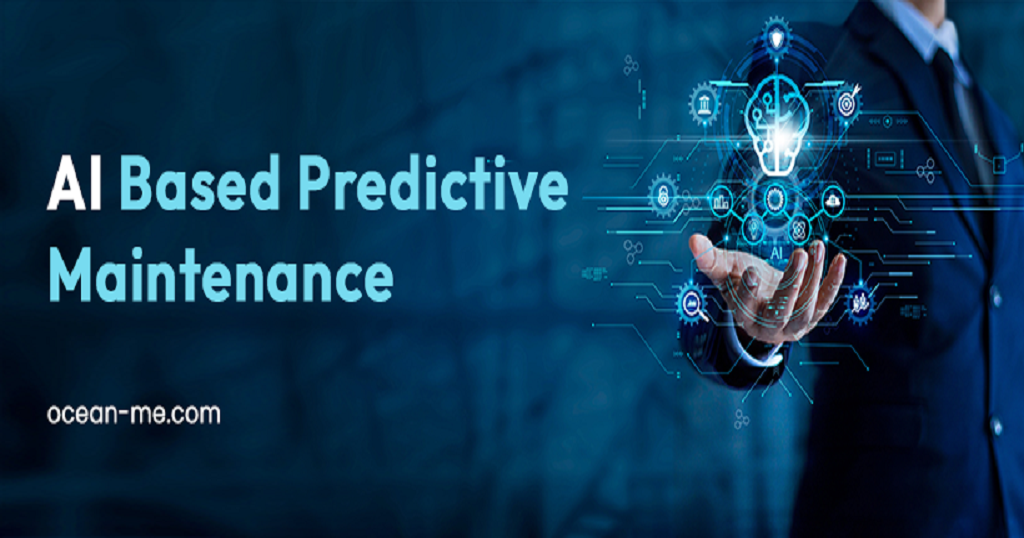
AI-Driven Predictive Maintenance for Enhanced Industrial EfficiencyAI-Driven Predictive Maintenance for Enhanced Industrial Efficiency In the era of Industry 4.0, Artificial Intelligence (AI) has emerged as a transformative technology for optimizing industrial processes. Predictive maintenance (PdM), a crucial aspect of industrial operations, has been revolutionized by AI-driven solutions. What is AI-Driven Predictive Maintenance? AI-driven PdM utilizes advanced algorithms and machine learning (ML) techniques to analyze data from sensors and industrial equipment. By identifying patterns and trends in equipment performance, it predicts potential failures or maintenance needs before they occur. This enables proactive and condition-based maintenance, minimizing downtime and improving overall efficiency. Benefits of AI-Driven Predictive Maintenance * Reduced downtime: Early detection of potential failures allows for timely maintenance interventions, preventing unscheduled breakdowns and maximizing production uptime. * Improved efficiency: Proactive maintenance ensures equipment is operating at optimal levels, reducing energy consumption, waste, and downtime. * Increased safety: By predicting potential hazards, PdM helps prevent accidents and injuries, enhancing workplace safety. * Optimized maintenance schedules: AI-driven PdM generates predictive maintenance recommendations based on actual equipment condition, optimizing maintenance schedules and reducing unnecessary inspections. * Reduced maintenance costs: By prioritizing maintenance based on actual needs, AI-driven PdM eliminates unnecessary maintenance tasks, saving time and resources. How AI-Driven Predictive Maintenance Works AI-driven PdM solutions typically involve the following steps: * Data collection: Sensors on industrial equipment collect data on vibration, temperature, pressure, and other parameters. * Data analysis: ML algorithms analyze the collected data to detect patterns and identify potential failures. * Prediction: AI models use the analyzed data to predict the likelihood and timing of equipment failures. * Maintenance recommendations: Based on the predictions, PdM systems generate tailored maintenance recommendations, including the type of maintenance required and its optimal time. * Continuous monitoring: The system continuously monitors equipment condition and updates predictions as new data becomes available. Applications of AI-Driven Predictive Maintenance AI-driven PdM has broad applications across various industries, including manufacturing, transportation, energy, and healthcare: * Manufacturing: PdM predicts failures in production machinery, optimizing production schedules and reducing downtime. * Transportation: It ensures the reliability of vehicles and equipment, preventing accidents and minimizing maintenance costs. * Energy: AI-driven PdM optimizes energy efficiency by predicting failures in power generation and distribution systems. * Healthcare: It enhances patient safety by predicting equipment failures in medical devices and facilities. Conclusion AI-driven predictive maintenance is a game-changer for industrial efficiency. By leveraging AI and ML, it revolutionizes maintenance practices, reducing downtime, improving efficiency, and optimizing costs. As AI technology continues to advance, the potential for predictive maintenance in industries will only increase, driving further innovation and productivity.
Posted inNews